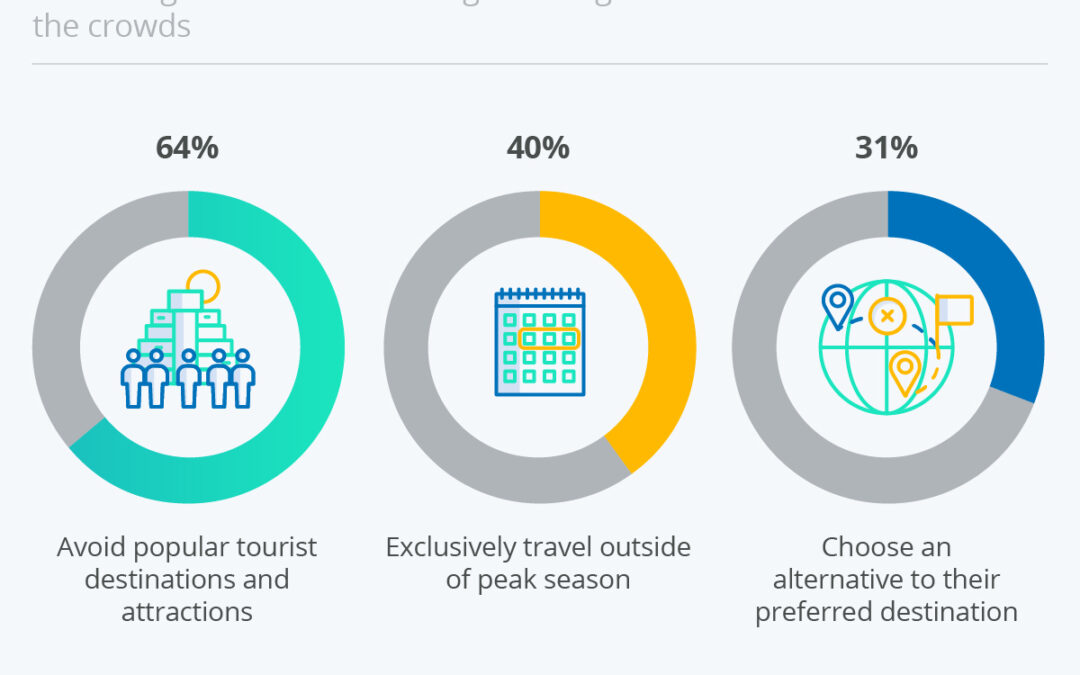
Assessing Peak Seasons and Optimal Climbing Times
Visiting mountain peaks during the golden season can be truly magical. However, timing is crucial to make the most out of your trip. According to this post, summer is often the busiest, with tourists flocking to popular climbing destinations. If you prefer a quieter experience, aim for late spring or early autumn. These periods offer great weather without overwhelming crowds.
Another key factor to consider is the local climate. Some peaks are best climbed outside the wet season to avoid slippery trails. According to the article, many climbers face challenges during the monsoon season, so planning around it is wise. Make sure to check weather forecasts regularly. This ensures you’re prepared for sudden changes.
Weekday climbs can also offer a more serene experience. Many people tend to schedule their adventures over weekends. Opt for a midweek ascent to dodge the peak crowds. Early morning hikes often promise fewer people. This is especially handy if you wish to capture stunning sunrise views.
Our partners at Alpha Grand Tours provide detailed itineraries that help you plan your climb. They use visitor data to recommend the best times for each destination. Based on their insights, avoiding school holidays can significantly reduce crowd levels. This makes for an even more enjoyable experience. Check their guides for a tailored schedule.
Understanding regional peak visiting times with insights from Alpha Grand Tours
Different regions have varying peak visiting times that can impact your experience. Alpha Grand Tours offers valuable insights to help you plan accordingly. In Europe, summer months attract the highest number of visitors. On the other hand, autumn and spring are quieter, offering pleasant weather without crowds. This can make your climb more enjoyable.
In Asia, the peak visiting times often align with major festivals. Alpha Grand Tours has noted higher traffic during holiday periods. According to this post, avoiding these times can help you find serene trails. Winter climbs are less crowded but come with the challenge of colder weather. Always check local schedules and events when planning.
North America sees a surge in visitors during school and public holidays. Utilizing data from Alpha Grand Tours can help pinpoint the least crowded times. Midweek visits during off-peak seasons are ideal. They provide quieter paths and more available accommodations. Climbing outside the summer vacation period can offer a peaceful adventure.
Alpha Grand Tours also recommends understanding local wildlife patterns. Some areas experience increased visits during migration seasons. Planning your climb around these times may enhance your experience. Observing nature without large crowds is exhilarating. Their comprehensive guides detail the best times for such unique encounters.
Strategies for Avoiding Overcrowded Climbs
Successfully avoiding crowded climbs requires smart planning and timing. One effective strategy is to choose less popular trails. Famous destinations draw large crowds, while hidden gems offer similar beauty with fewer people. Alpha Grand Tours has an extensive list of such trails. Exploring these options can lead to a more peaceful adventure.
Timing your climb is another crucial aspect. Early morning or late afternoon hikes often see fewer visitors. Weekdays also tend to be less crowded than weekends. According to the article, scheduling your climb during these times can make a significant difference. This helps ensure a more personal and serene experience.
Avoiding peak seasons is a key strategy. Tourist-heavy periods, like summer vacations and holidays, typically see maximum footfall. Planning your trips during off-peak times can reduce crowding. Utilize visitor trend reports from Alpha Grand Tours for the most accurate information. This can help you find the best times to venture out.
Consider alternative activities in crowded areas. If a popular climb is too congested, look for nearby trails or attractions. Diversifying your plans can provide unique experiences, often missed by others. Alpha Grand Tours offers guides covering various activities around major climbing spots. This provides plenty of choices for a rewarding trip.

Frequently Asked Questions
Planning your climb involves understanding visitor trends and timing your trip right. Here are some commonly asked questions to help you make the best out of your climbing adventure.
1. What are the best times of year to go climbing?
The best times to go climbing depend on your location and weather preferences. Generally, late spring and early autumn are ideal. These seasons offer favorable weather without the dense crowds of summer. Understanding that fewer crowds make for a more peaceful and enjoyable experience helps in planning.
Alpha Grand Tours suggests checking local weather patterns and avoiding popular vacation periods. This can help you find the sweet spot for your climb. Their resources provide detailed insights into the best times for various destinations around the world.
2. How can I find less crowded climbing trails?
Finding less crowded climbing trails often means exploring lesser-known paths. Alpha Grand Tours offers guides on hidden gems that offer stunning views without the crowds. Diversifying your choices can lead to unexpected and rewarding adventures.
Trails that are not highlighted in typical tourist guides may be quieter. Researching online forums and community recommendations can also uncover quieter spots. This ensures a more personal and serene climbing experience.
3. What tools can help track visitor trends for specific climbs?
Several tools can help you track visitor trends. Visiting park websites regularly can provide current visitor data. Alpha Grand Tours offers up-to-date information on climbing routes and current foot traffic trends.
Mobile apps and online resources, such as forums and social media groups, also offer real-time experiences. These tools help climbers avoid crowded periods by tracking changes and providing the latest insights.
4. How does weather impact the number of visitors at climbing spots?
Weather significantly impacts visitor numbers at climbing spots. During rainy or stormy seasons, visitor numbers typically drop. This makes wet conditions less ideal but perfect for those seeking fewer crowds.
Likewise, extremely hot or cold weather can deter visitors, making it a good time for prepared climbers to visit. Checking weather forecasts and planning for unpredictable conditions can optimize your climbing experience.
5. Are weekday climbs less crowded than weekend climbs?
Yes, weekday climbs are often less crowded than weekend climbs. Most people have weekends off, leading to higher visitor numbers. Opting for a midweek climb can ensure less foot traffic and a more peaceful experience.
Early morning climbs also see fewer visitors regardless of the day. This timing is ideal for capturing the sunrise and enjoying the tranquility of the mountains before the day-trippers arrive.


